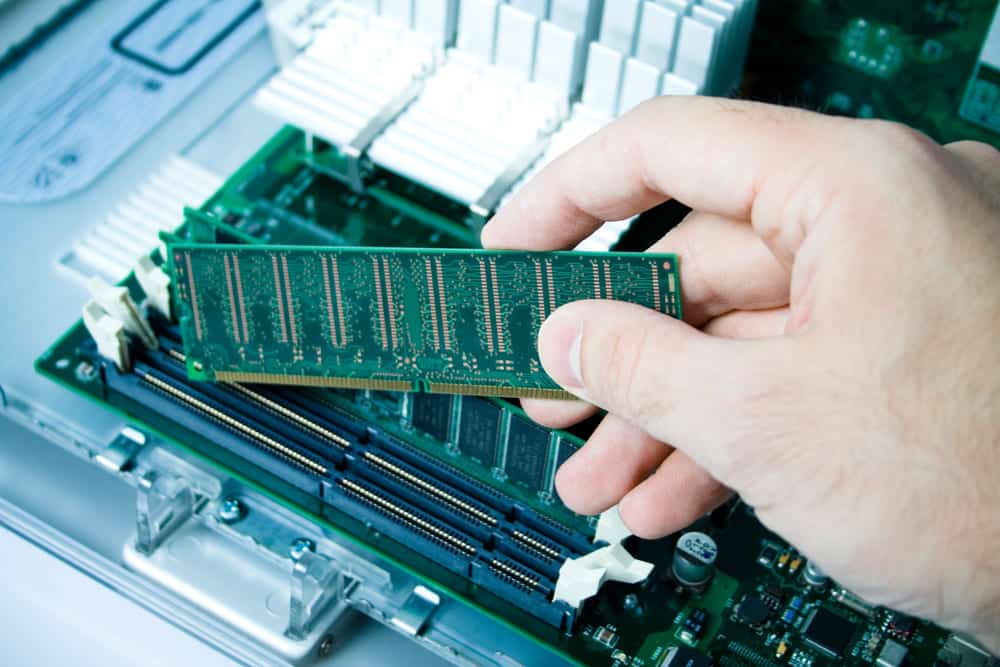
Whoever uses a computer would know how important RAM is for the computer. It is the most crucial part of the computer and it’s the easiest one to upgrade. The high-grade RAM modules can be easily used. That being said, people often upgrade RAM but the smallest mistake can result in a frustrating issue. So, the computer not recognizing the second RAM stick is one issue and we are sharing the solutions!
Computer Not Recognizing Second RAM Stick
1) Seating
When it comes down to the desktop, installing the RAM is extremely easy because you only have to fold the clips on the RAM slot and insert the RAM stick down. The pressure for inserting the RAM stick should ensure that clips are snapping back into the locked place and you might even hear the click sound. However, there are times when you have to snap the chips manually on DIMM.
If the DIMM isn’t perpendicular to the motherboard and slot while clips aren’t snapping, it is not seated properly. That being said, you have to remove the DIMM and insert it again. For the most part, it’s best that you insert DIMM at a specific angle and push it down into the frame and it will click into the right place. Also, don’t forget to apply sufficient pressure to ensure the seating is proper.
2) Compatibility Of The Motherboard
The RAM sticks are properly designed and are standard because they can be inserted only in one way. Keep in mind that the RAM isn’t designed to be interchangeable and the majority of generations aren’t likely to fit in an incorrect socket. For this reason, if the computer isn’t recognizing the RAM stick, there are chances that the motherboard isn’t compatible.
For the most part, motherboard incompatibility is a rare issue but it’s still a thing to consider. For this reason, you should call the computer technician and ask him to check the compatibility. If the motherboard isn’t compatible with the current RAM, get a new RAM and check the compatibility before you buy it. The best way is to read the user manual or specs of the motherboard to determine the right RAM.
3) Electrical Contacts
When the RAM starts showing errors or cannot be recognized by the computer, there are chances that DIMM has collected dust or there are some other obstructions. For cleaning up dust, use the cotton swab dipped in cleaning alcohol to wipe clean the contacts. Some people use the cleaning contacts but it’s not suggested because it can cause corrosion.
Moreover, if you are using alcohol to clean the electrical contacts, make sure that alcohol evaporates properly. Not to forget, ensure that contacts are free from cotton residue. Last but not least, you can also use compressed air to blast clean the DIMM.
4) Test The System
In some cases, the computer won’t recognize the second RAM stick when the computer isn’t working. That being said, you should test the RAM in a similar computer and see if RAM works in the other computer. If it does, your computer has to be repaired, so dial up the technician’s contact number!